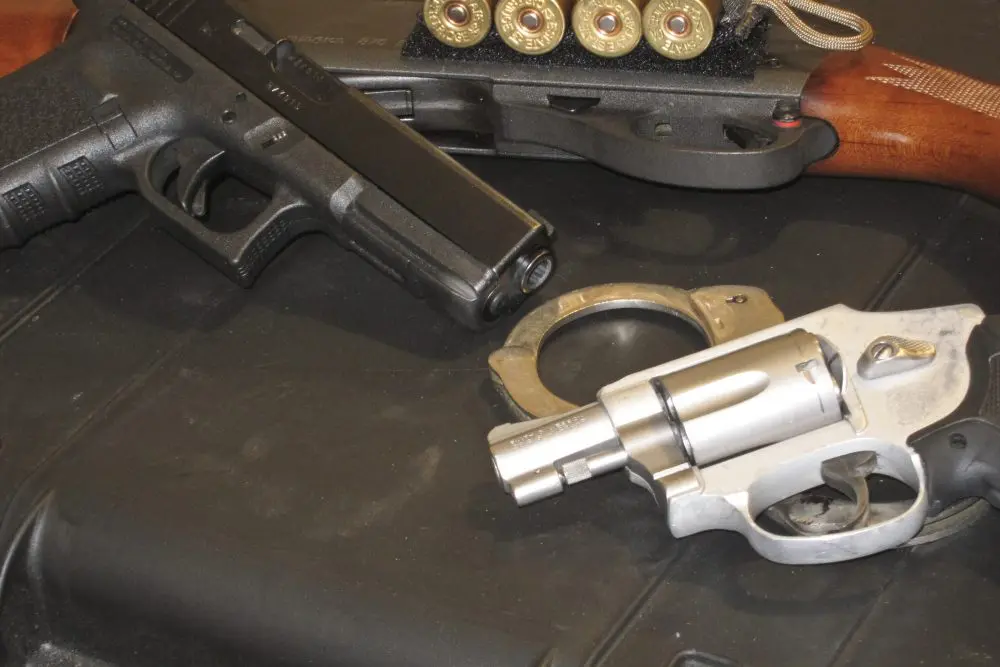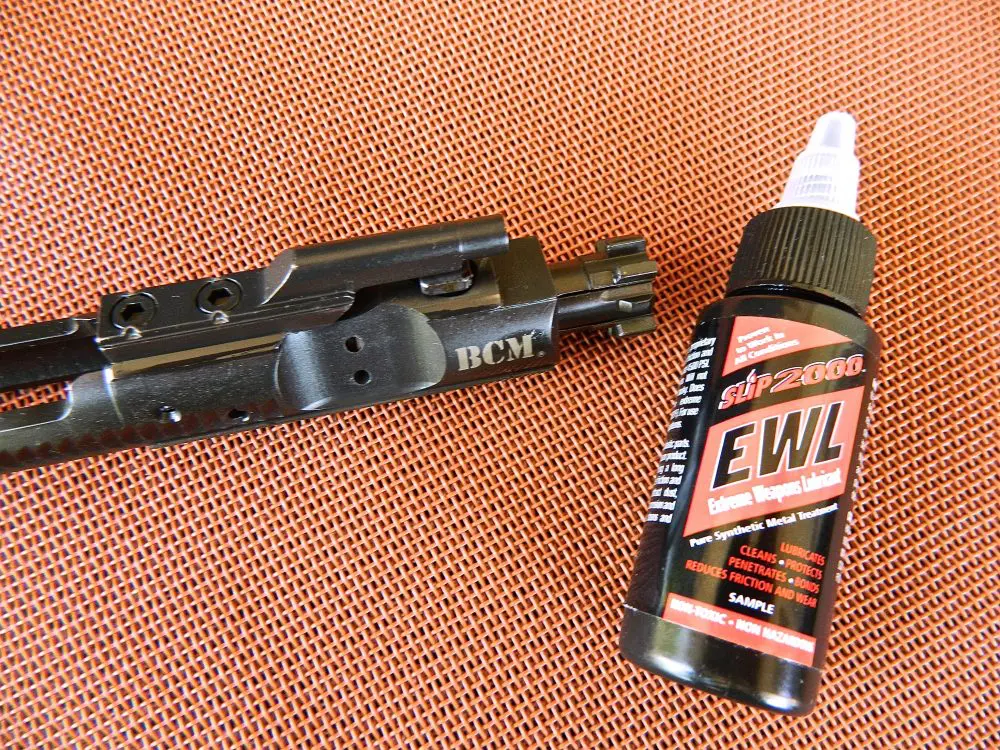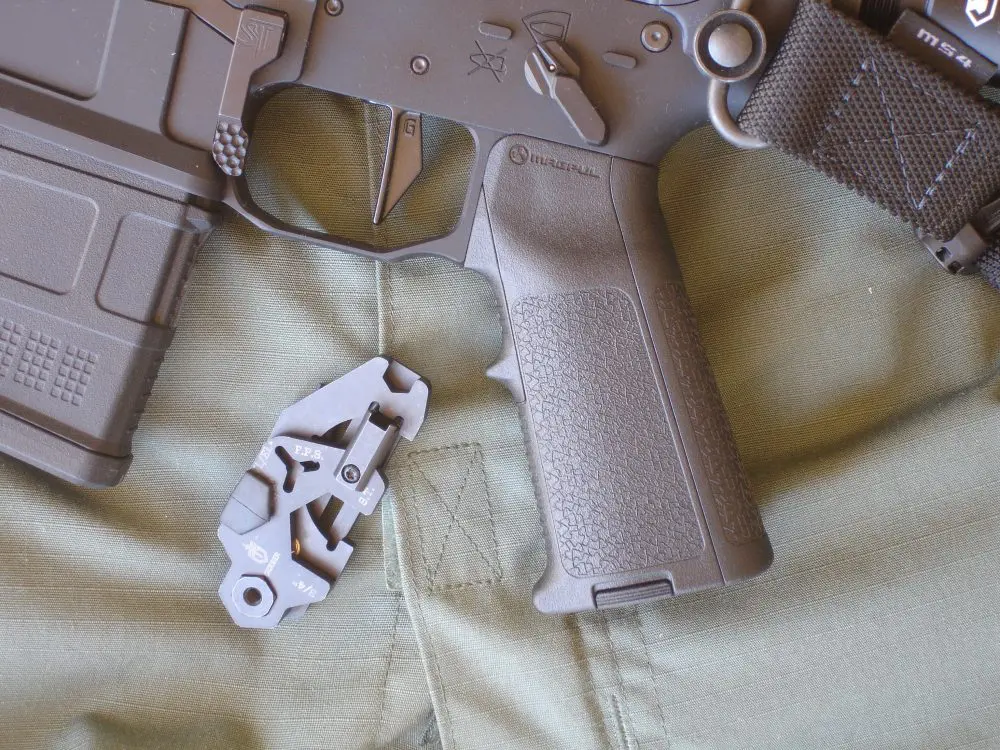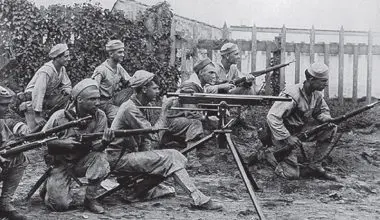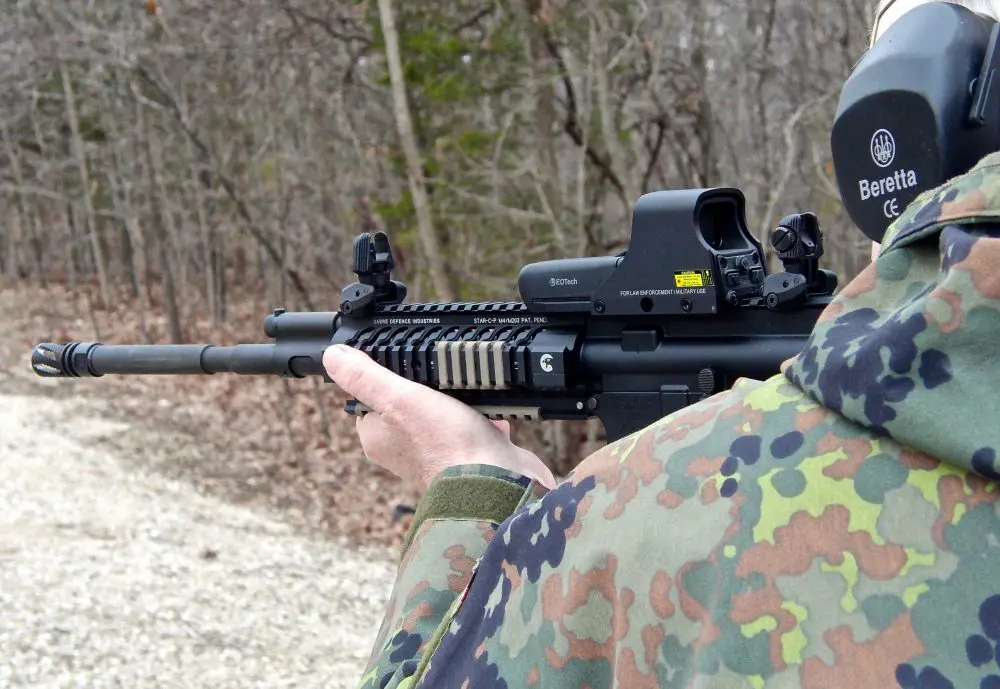In fact, the record for the longest sniper kill is currently held by a British sniper using a .338 LM. As the .338 LM round has achieved wide acceptance among snipers, more sniper rifles have been chambered for the round. Since I have become a true believer in this caliber, I have tried to test each of the .338 LM sniper rifles.
I’ve looked forward to testing each .338 sniper rifle, but especially the Steyr SSG 08. For more than 40 years, the SSG 69 has been the standard by which other sniper rifles have been evaluated. Arguably, the Accuracy International Arctic Warfare and possibly a couple of others have set new standards, but Steyr’s line of SSG rifles has remained excellent.
I have an SSG 69 I’ve been using for more than 20 years. When the SSG 04 was introduced, I tried it and found it highly useful. In fact, the only .300 Win Mag sniping rifle I own is an SSG 04. I initially had mixed reactions to the SSG 08. It was superbly accurate and ergonomic, and it had a folding stock, but I thought it was a bit heavy in 7.62mm NATO caliber. However, the SSG 08 in .338 LM, which is only slightly heavier than the 7.62mm NATO version, offers a much better power-toweight ratio.
Among the SSG 08 features that help make the .338 Lapua Magnum version especially effective are:
- Aluminum folding stock, which allows special operators to readily carry the rifle even when inserted via helicopter or boat
- Very usable adjustable cheek piece and butt plate
- Ergonomic pistol grip with interchangeable panels
- Effective muzzle brake
- Versapod (heavy duty)
- Picatinny top rail for optics and on forearm for pointers or illuminators
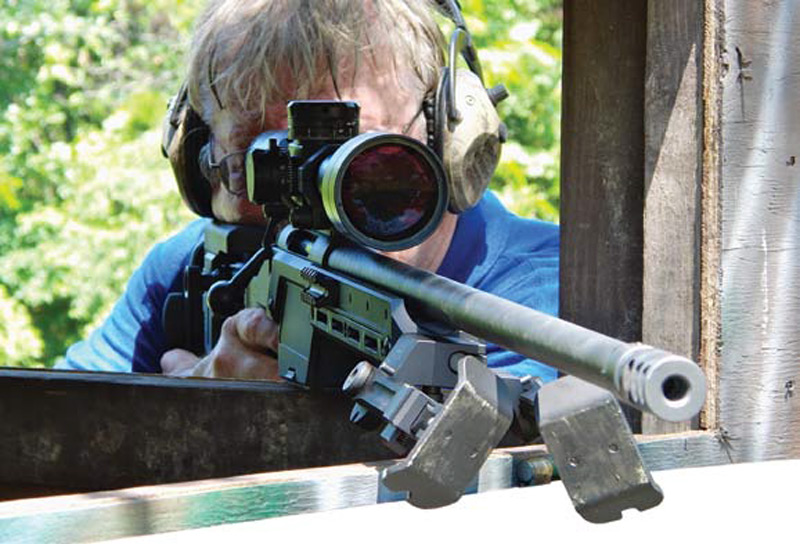
Magazine capacity for the detachable box magazine in the 7.62x51mm version is ten rounds, but for the .338 LM it’s six rounds. For the .300 Win Mag, magazine capacity is eight rounds. Barrel length for the .338 LM SSG 08 is 27.2 inches and weight is 13.3 pounds without the bipod. For comparison, the 7.62 x51mm version weighs 12.1 pounds with the 20-inch barrel I use. Overall length for the .338 LM SSG 08 with stock open is just over 50 inches and with stock folded is 41.4 inches.
For a .338 Lapua Magnum rifle, the SSG 08 is actually relatively light and handy. A really useful feature for military or LE snipers/tactical marksmen is that the SSG 08’s folding stock is designed so that the bolt may be pulled back, rotated 180 degrees and stowed under the folding stock. For carrying a rifle across the back while climbing, rappelling, etc., this can prevent the bolt digging into the operator’s body.
I also understand that the Steyr factory carried out a 10,000-round endurance test when developing the SSG 08 .338 LM rifle. This makes sense, as the SSG 08 rifles were originally developed for EKOKobra, the Austrian counterterrorist unit, a unit which I know for a fact put hundreds of thousands of rounds through each of their Manurhin MR73 revolvers.
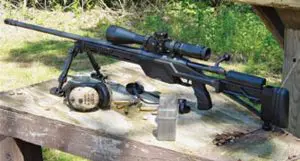
As a sidenote, .338 Lapua barrels tend to last longer than those chambered for some other sniper calibers. SSG 08 .338 LM cold hammer forged barrels have a 1:9 twist, which will maximize the 300-grain BTHP loads used by many snipers in this caliber.
To optimize a .338 LM rifle, a good long-range scope is necessary. I have a couple I’ve been using on .338 LM rifles, but I decided to try a new one with the SSG 08. The guys at IOR Valdada had been touting their long-range 6-24X56mm FFP (First Focal Plane), so I asked them to send me one to try on the Steyr.
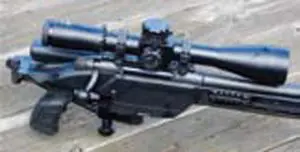
Readers probably have questions about the pros and cons of the First Focal Plane reticle in a tactical scope—I did. The primary advantage of the FFP with a tactical scope is for ranging, since the reticle will stay in proportion as the magnification changes. To range with a second (rear) focal plane reticle, normally one magnification only will be used.
This scope uses a Modified MP-8 Dot Reticle that incorporates a 0.1 mil center dot with crosshairs divided by stadia lines 0.5 mils apart. Adjustments for elevation and windage are also in .1 milrad increments (about 1/3 MOA). On the upper, lower and side portions of the crosshair, additional stadia lines divide the crosshair into 0.25 mil increments. With practice, the stadia lines may be used readily for ranging, hold over, or lead.
A useful feature on the 6-24 from Valdada is a Zero Stop Knob with a second Point of Impact Indicator. This is a very useful feature, particularly for military snipers who often assume an overwatch position. Let’s say the sniper has the scope on a .338 LM rifle zeroed at 500 meters. However, he sometimes assumes overwatch in a position where countersniping or counter “IED layer” firing frequently occurs in an area 200 meters away. Hence, he can set his secondary Point of Impact Indicator for 200 meters and quickly dial to it as needed.
The scope has all the other features to be expected with an IOR-Valdada scope: ability to operate in adverse weather or temperature, and multicoating with antireflex layers to eliminate glare and maximize light transmission. For use in low light, the reticle is illuminated with a new digital system.
Since I test every .338 LM sniping rifle I can get my hands on, I keep a good supply of .338 LM ammunition. For the S.W.A.T. tests, I decided to use all 300-grain loads, including Cor-Bon 300-grain HPBT and Black Hills 300-grain Sierra MatchKing.
After initially getting the IOR scope on at 100 meters, I moved to 300 meters. With both Cor-Bon and Black Hills, I was shooting sub-MOA groups at 300 meters.
My shooting buddy Tim and I had been discussing the fact that the .338 LM is usually touted for its long-range killing power and accuracy, but we should also remember that it offers substantial barrier penetration. We have both worked with urban LE agencies and felt this could be a real boon for urban tactical marksmen. Therefore, we set up a scenario in which we placed a polymer humanoid target behind a concrete block typical of those used in our area for garages, warehouses, and other buildings. I fired at 100 meters using Cor-Bon 300-grain HPBT and was impressed to see that the bullet shattered the concrete block and stayed on course to penetrate the “heart” of the humanoid target.
As some readers may remember from previous .338 LM tests, I have a covert ballistic vest that I wear when doing extensive bench shooting with the .338 Lapua Magnum round. I wore it for about half of the 50 to 60 rounds I fired, but I also made it a point to shoot at least 20 rounds without it. The SSG 08’s welldesigned stock, useful muzzle brake, and good recoil pad all helped counter recoil. In fact, I subjectively did not notice much difference whether I had the vest on or off.
The stock adjustments are a big help, especially in adjusting the cheek piece. On my .300 Win Mag SSG 08, I’ve tried various scopes and found that the ability to slightly adjust the cheek pad has allowed me to get the proper cheek weld for each. I fired a few rounds prone at 300-yard hanging plates when I was practicing operating the bolt quickly, and found that the heavy-duty Versapod is excellent, perhaps the best bipod I’ve used on a tactical rifle.
Trigger pull was light and crisp, and bolt operations were very smooth. I mention those points almost as an afterthought because for a Steyr SSG series rifle, it would only be noteworthy if they weren’t!
In my second session with the SSG 08 .338 LM, I mostly tried to test its handiness. I fired it offhand at 100 yards and hit a hanging plate some of the time. I also carried it into position to fire from a catwalk and a couple of other shooting positions. I need to get a sling, but haven’t decided which one I want.
My conclusions are simple, in fact almost a syllogism: I like .338 Lapua Magnum sniper rifles; I like Steyr SSG 08 sniper rifles; therefore, I like the Steyr SSG 08 .338 LM sniping rifle.
No wait, make that I really, really like the Steyr SSG 08 .338 Lapua Magnum sniping rifle!

